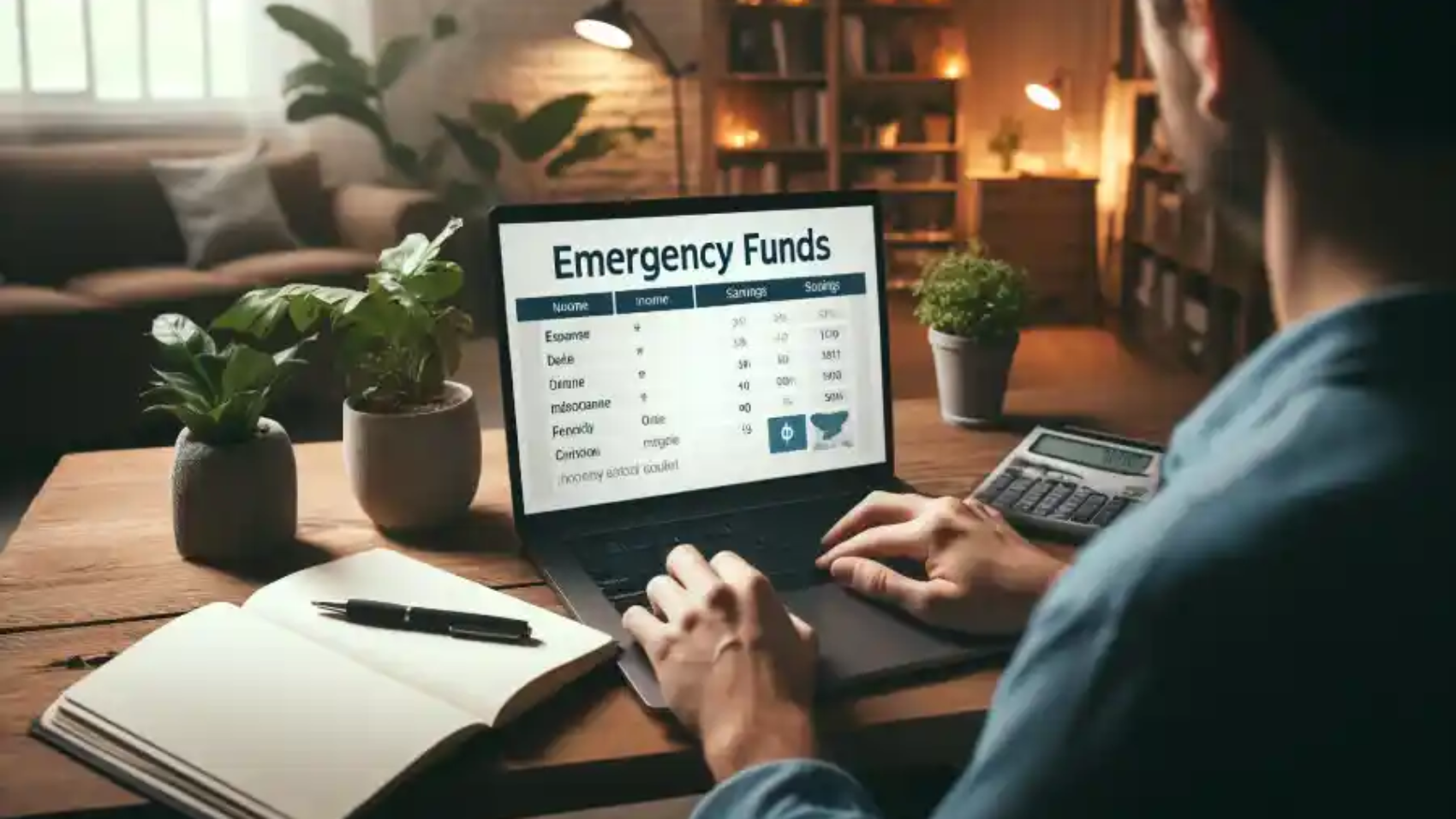In the unpredictable journey of life, financial emergencies can arise without warning. Being prepared with an adequate safety net is essential, and an emergency funds calculator can be a valuable tool to help you understand how much you need to save. This article will guide you through using an emergency funds estimator effectively to secure your financial future.
Understanding Emergency Funds
Emergency funds are cash reserves for unexpected expenses such as medical emergencies, job loss, or urgent home repairs. The purpose of this fund is to provide financial security without the need to incur debt. Financial experts typically recommend saving enough to cover three to six months of living expenses.
To start, list your essential monthly expenses, including rent, groceries, utilities, insurance, and any ongoing medical costs. This will give you a clear picture of how much you would need in case of an emergency in which you might not have a regular income.
Setting Your Savings Goal
Using an emergency funds estimator starts with knowing your total monthly expenses. Input these figures into the calculator to determine how much you should aim to save. The calculator will consider your expenses and suggest a target amount covering several months.
This goal can seem daunting, but setting up a timeline for achieving it can help. Break down the total amount into manageable monthly savings targets. For instance, if you need to save $6,000, you could plan to save $500 each month for a year.
Strategies for Building Your Emergency Fund
Building an emergency fund requires consistent effort. Start by setting up a dedicated savings account for your emergency fund. This keeps your funds separate from your daily spending accounts, reducing the temptation to dip into your savings.
Next, automate your savings. Set up an automatic transfer from your checking account to your emergency fund right after each paycheck arrives. This “pay yourself first” strategy ensures that saving for emergencies remains a priority.
SoFi states, “A general rule of thumb is your emergency fund should have at least three to six months’ worth of expenses. That way, if you experience a job loss or a drastic drop in income, you still have the means to pay your bills or debt obligations without resorting to high-interest credit cards.”
Using Tools and Resources
An emergency funds evaluator is not the only tool that can help. Consider using budgeting apps to track your expenses or consult with a financial advisor for personalized advice. These resources can provide additional insights and help refine your savings strategy based on your income, expenses, and personal goals.
Online financial calculators often come with tutorials or guides that explain how to use them effectively. Take advantage of these resources to maximize the benefits of the calculator and ensure you’re on the right track.
Adjusting for Life Changes
Life is dynamic, and your emergency fund should adapt to changes in your financial situation. Regularly review and adjust your emergency fund as your financial circumstances change. For example, consider increasing your monthly savings if you receive a raise.
Also, after using part of your emergency fund, make plans to replenish it. Keeping your emergency fund full ensures you’re always prepared for the unexpected, maintaining your financial stability no matter what life throws your way.
An emergency fund is crucial to a sound financial plan, providing a buffer against life’s uncertainties. Using an emergency funds evaluator, you can determine how much you need to save and develop a plan to achieve this goal. Regularly revisiting and adjusting your strategy will help you maintain a robust safety net, ensuring peace of mind and financial security for years. Start using these strategies today to build a solid foundation for your financial future.


[…] our other posts on which is a positive reason for using a credit card to finance purchases and how to use an emergency funds calculator for more […]